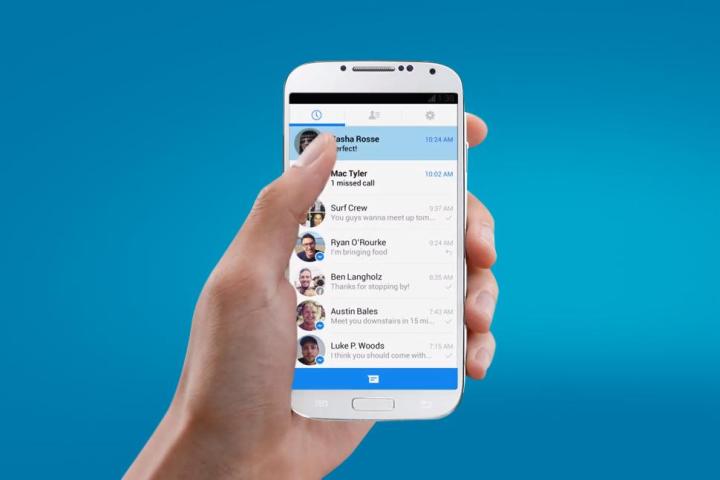
The new Messenger website is basically Facebook without all the distracting Facebook stuff. It’s the social network’s IM tool distilled down to its simplest form: chatting and nothing else. That’s by design – a spokesperson told Re/code that Messenger.com is a way to filter distractions and keep messaging as the focus. That much has been achieved — there’s no news feed, profile page, or status update to get in the way of the familiar, if plain, Messenger interface.
You won’t want for features on Messenger.com. All of the requisite functionality, including phone and video calling, photo attachments, emoji, stickers, and group messaging are present and accounted for. And Messenger will evolve with its mobile counterparts down the road — support for the aforementioned payments is coming, plus ways for third-party developers to tap into the Facebook messaging ecosystem.
Not everything appears finished yet, though. Blocking friends and changing privacy settings requires a visit to the main website, and the settings menu is a bit barren. Also absent are groups and any sign of the persistent “Chat heads” window on mobile. In those respects, then, Messenger.com is an incomplete desktop app, but given the pace of Facebook’s iteration, we’re likely to see a more fleshed-out version emerge in the very near future.
Editors' Recommendations
- Can you take a picture of the solar eclipse with your phone? Here’s how to do it
- What does a check mark mean on Facebook Messenger?
- Want to design your own smartphone? Thanks to Nothing, now you can
- If you have one of these apps on your Android phone, delete it immediately
- Don’t update your Google Pixel phone — you might break it


